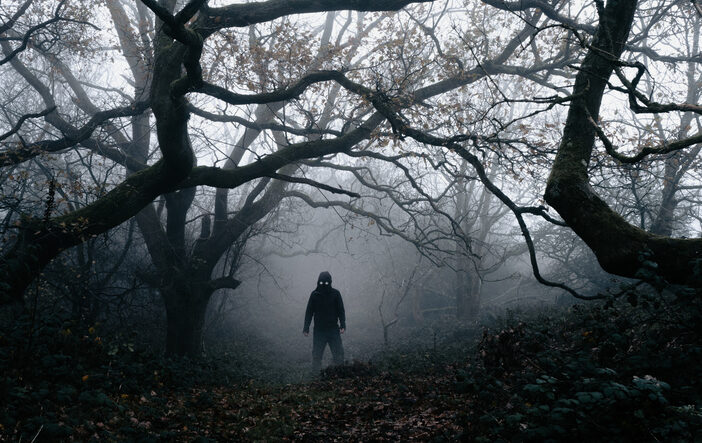Source: David Wall / Getty
As Halloween approaches, many of us look forward to the thrill of suspenseful tales and mysterious folklore. Beyond the typical ghost stories that bubble up every Halloween season, there’s a world of Black horror stories that don’t get the attention they deserve. Tales deeply rooted in culture and history intermingled with just as much fear for what is real than supernatural. These stories also offer a lends into the unique struggles and triumphs of the Black American experience.
What makes Black horror stories uniquely captivating is their ability to intertwine historical narratives with the terrifying unknown. They transform the real-life fears of Black and Brown people into spiritual and supernatural terrors rooted in oppression, marginalization, and survival.
In these stories, the house isn’t just haunted; it is a symbol of the pain and anguish of oppression and slavery, a representation of societal fears of being Black in America. These intersecting narratives create amazing, compelling, and dramatic stories.
Below, we’ll dive into some compelling Black horror stories that blend the historical with the haunting to tell powerful and terrifying stories. From sunken Black towns that many believe are haunted to an urban legend about a slave girl who still haunts a tourist attraction in Georgia, each story serves as a reminder of the resilience, creativity and unyielding spirit of Black Americans.
And when you share scary stories this Halloween season, make sure to include these Black horror stories into the mix. They resonate deeply with the culture and make for great family discussions about the history of America. Their stories also give us hope; they show us that our fates can truly be in our hands if we know our worth.
While you’re at it, check out my series, Black Folklore, where we explore extraordinary untold tales from Black American history. Some are buried beneath the tides of time, while others are hidden within horror stories of the supernatural. But all of these fascinating tales provide unique perspectives on the trials and tribulations of Black Americans and their historical truths.
Check out some Black Horror stories below.
1. The Haunting Of Rosewood And The Ghost Of Sylvester Carrier
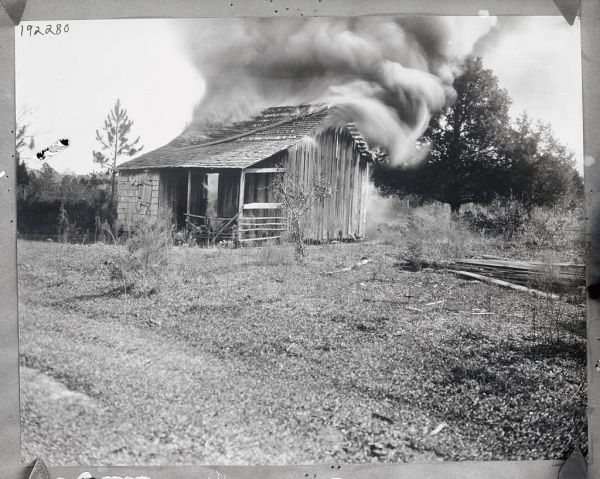
Source:Getty
On Jan. 1, 1923, a white woman named Fannie Taylor claimed she was assaulted by a Black man named Jesse Hunter.
It was typical for a white woman to blame a Black man for assault because it was the easiest way to gin up a white mob. White mobs were used throughout history, in many different eras, to destroy Black communities before they could thrive.
After Taylor claimed, with no evidence, that she was assaulted by Hunter, a local white mob launched a manhunt in Rosewood. The next day, the mob kidnapped, tortured and lynched Sam Carter, a Black craftsman from the community. They believed he had helped Hunter escape.
The mob continued to terrorize the town for days, searching for Hunter, but eventually, the Black residents began to arm themselves in self-defense.
On Jan. 4, the white mob fired into the home of Black Rosewood resident Sylvester Carrier, killing an elderly woman. A gunfight ensued between Carrier and the mob that would last throughout the night. Multiple people on both sides would lose their lives.
Outraged, the mob would return the next day with almost 300 white men. According to researchers, an estimated 30 to 40 Black men, women and children were killed on site before the entire town was burned to the ground. The Black residents who survived hid in the woods for weeks until they could find a train to Gainesville.
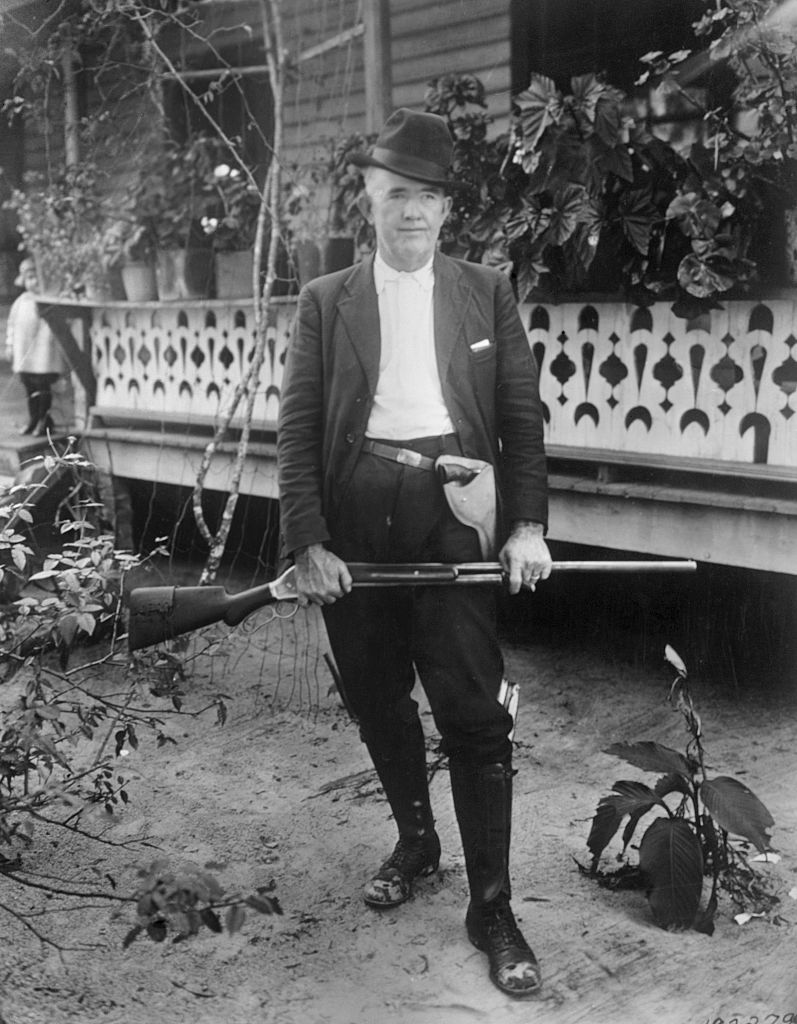
Levy County Sheriff Robert Elias Walker holds a shotgun reportedly used by Sylvester Carrier, a black resident of Rosewood, to shoot and kill two deputized white men who were at his door in 1923. Carrier was killed when the other deputies returned fire, and eventually the entire town of Rosewood was destroyed by a white mob, on the false rumor that a white woman had been attacked by a black man. In 1994 the Florida legislature awarded compensation to the surviving victims. Source: Getty
But the ghosts of Rosewood haven’t forgotten about their tragedy. Their whispers still travel among the trees and their souls are still searching for closure.
One of the most intriguing ghostly tales surrounding Rosewood is about the ghost who protects innocent souls who venture into the woods.
A woman who grew up in the area claims one night, she was taking a walk through the woods when she ran into two older guys leaning against a couple of trees smoking.
Click here to read more.
2. The Ghost Of Willie Earle And The Haunting Of Pickens County Museum
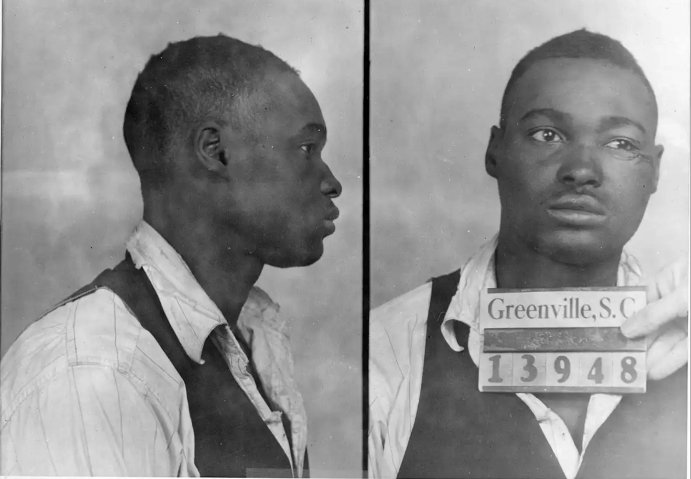
Source:GREENVILLE POLICE DEPT
About 20 miles west of Greenville, South Carolina, is the home of the Pickens County Museum. What was once the county’s only prison is now an art and history museum dedicated to “preserving the rich artistic and historical heritage of Pickens County so that it may be enjoyed by future generations.”
But what if I told you that for 75 years, a ghost has been wandering the halls of the prison, calling out from the cells, pleading his innocence? There have even been accounts of horrible manly moans coming from the walls that can be heard saying, “I didn’t do it!”
The ghost of Willie Earle has been a popular topic among paranormal investigators. For decades, ghost hunters have flocked to Pickens County, trying to find evidence of Willie’s haunting. Some have said they can hear Willie pleading for his innocence through the walls. Others have said they’ve seen shadowy figures at night peering through the windows. Ghost hunters from all over the country have attempted to make contact with the ghost of Willie.
Raven Investigations of the Paranormal recently headed to the old brick museum to livestream their attempt at finding and making contact with the ghost of Willie. But how did this 24-year-old black man end up beaten to a bloody pulp with a bullet hole in his head?
Click here to read more.
3. The Antebellum Tale Of Black Slave Girl Molly And The Haunting Of Sorrel-Weed House
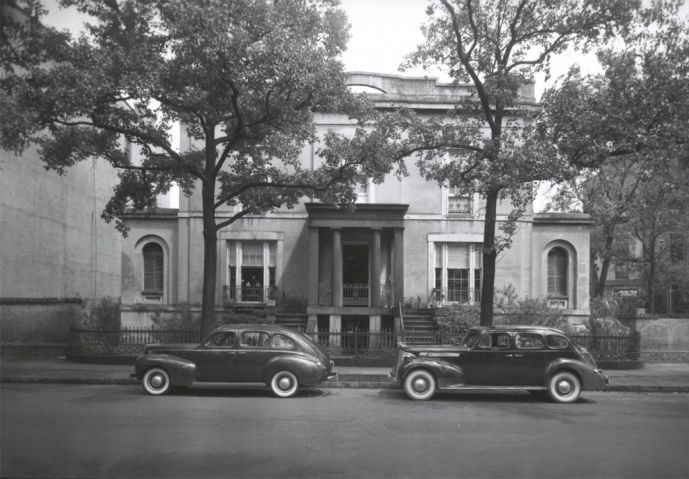
Source:facebook
In Savannah, Georgia, on the edge of Madison Square sits a house with a disturbing past. The story of Sorrel Weed House is chilling, scary and its history is shrouded in horrific tales from the antebellum South.
These tales include a slave girl named Molly who lived in the mid-1800s. She was mysteriously hung after her slaveowner’s wife committed suicide.
Now, Molly’s ghost is trapped in the house along with its horrors, haunting it for eternity.
Paranormal activity buffs consider Sorrel Weed House to be one of the most haunted homes in the U.S.
The internet is flooded with stories of ghost hunters visiting the estate and hearing screams late at night, seeing ghostly figures in photos, and even seeing a lady in all black roaming the hallways.
Whether you believe in ghosts or not, there is no questioning the horrors people of color, as well as women, faced living in the antebellum South. Ghost stories are usually told because some horrific tragedy didn’t get the justice or attention it deserved.
Click here to read
4. The Haunting Of Lake Lanier And The Black City Buried Underneath
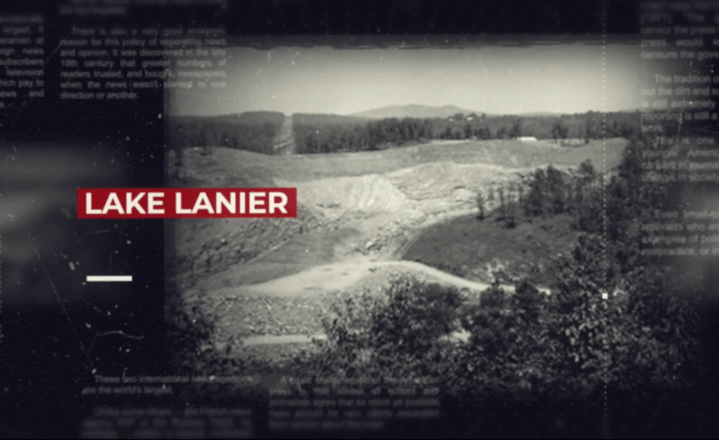
Source:iOne Digital
If you spend any time in or around Atlanta, you’ve heard tales of Lake Lanier. There are eerie accounts of fishermen seeing ghostly kayaks floating on the water or women with no hands roaming the Jerry D. Jackson Bridge. Every so often, someone loses their life at the lake and leaves behind stories of good swimmers being snatched under the water, unexplainable boating accidents, or vehicles crashing into the lake without cause.
Many folks who live close by will tell you straight up, “Don’t go to Lake Lanier.” And its death toll certainly validates their point. There have been well over 500 deaths since the lake’s inception and more than 200 since 1994. Whether the lake is cursed or not is entirely up to you. But one thing’s for certain: its horrifying past adds a much-needed perspective to understanding its haunting present.
Lake Lanier is a massive 57.92 square-mile reservoir that was established in 1956 with the completion of the Buford Dam. To this day, it helps control flooding along the Chattahoochee River, as well as provide water and power to residents near Atlanta. However, to get a clearer picture of how and why this behemoth of a lake exists, we’ll need to go back 45 years before its creation — to 1912, in the small African-American town of Oscarvllle.
Settled along the Chattahoochee waters, Oscarville was home to roughly 1,100 black folks, most of whom were freed after fighting in the American Civil War. Many worked as hands in the cotton fields or performed odd jobs for white residents in the surrounding neighborhoods. They managed to make a decent living for themselves, creating a healthy community with churches, schools, and small businesses.
5. The Brothers Of Pine Oak: The Mysterious Disappearance Of A Slave Family Searching For Freedom

Source:Getty
Since I began writing Black Folklore in 2020, I have been introduced to a side of Black History that I never knew existed. Extraordinary supernatural tales of ghosts and spirits intertwined with real-life events from Black History. As amazing as those tales have been thus far, they’re nothing compared to the world that was introduced to me after reading Patricia C. McKissack’s book, Dark-Thirty: Southern Tales of the Supernatural. Her 1992 children’s novel, which won a Newbery Honor and Coretta Scott King Award in 1993, tells the tales of supernatural activity occurring throughout times of slavery and civil rights in the Antebellum South. One of the most mesmerizing stories from McKissack’s tales is the story of the Pine Oak Brothers, Henri and Harper. The story begins with a Tennessee slave owner named Amos McAvoy. Amos was the master of a plantation called Pine Oak, which was built in 1801, the same year Thomas Jefferson became president. Amos inherited the plantation from his father and had aspirations to pass it down to his son. He would eventually meet his love, Alva Dean, marrying her and uniting two prominent slave-owning families for better profits. Unfortunately, tragedy would strike the McAvoy family as Alva died while giving birth to Amos’ firstborn, Harper. Her death traumatized Amos, so much so that he abandoned his newborn son Harper and the Pine Oak plantation, fleeing to New Orleans. For the next 10 years, Amos would only come back to Pine Oak for a few weeks out of the year during harvest season, leaving Harper with his grandmother. Harper yearned for his father’s love, but rarely got it. Then one day everything changed. Amos came back to Tennessee wanting to reconcile with his son, so he moved Harper back to Pine Oak in hopes of bettering the relationship. Amos then headed back to New Orleans to finish some business before permanently moving back to Pine Oak. When he returned he wasn’t alone. Accompanying Amos was a mulatto child about two years young than Harper. The boy’s name was Henri and Harper immediately noticed how much he resembled his father. When rumors started to swirl that Amos was Henri’s father, Amos never denied it. Click here to read more
